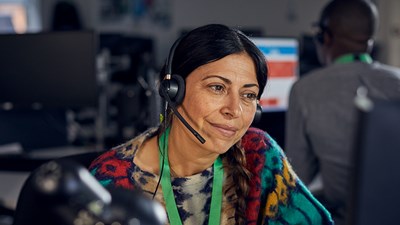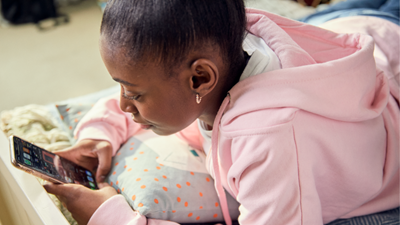Our new research shows that children are at risk of experiencing sexual abuse and exploitation when using immersive technology such as VR headsets.

Today, we have released a new study highlighting how virtual reality is putting children at risk of experiencing sexual abuse and exploitation.
We commissioned our new research from Limina Immersive to assess what present and future risks children may face when using virtual reality. It illustrates the abuse and harm children are already facing in these virtual spaces.
This research is going to be presented to politicians, government officials, and charity partners at parliament today.
Today, the research and its recommendations will be presented to those influencing the Online Safety Bill. The Bill emphasises the important role of regulation in tackling child sexual abuse online and is being debated in the House of Lords this week.




